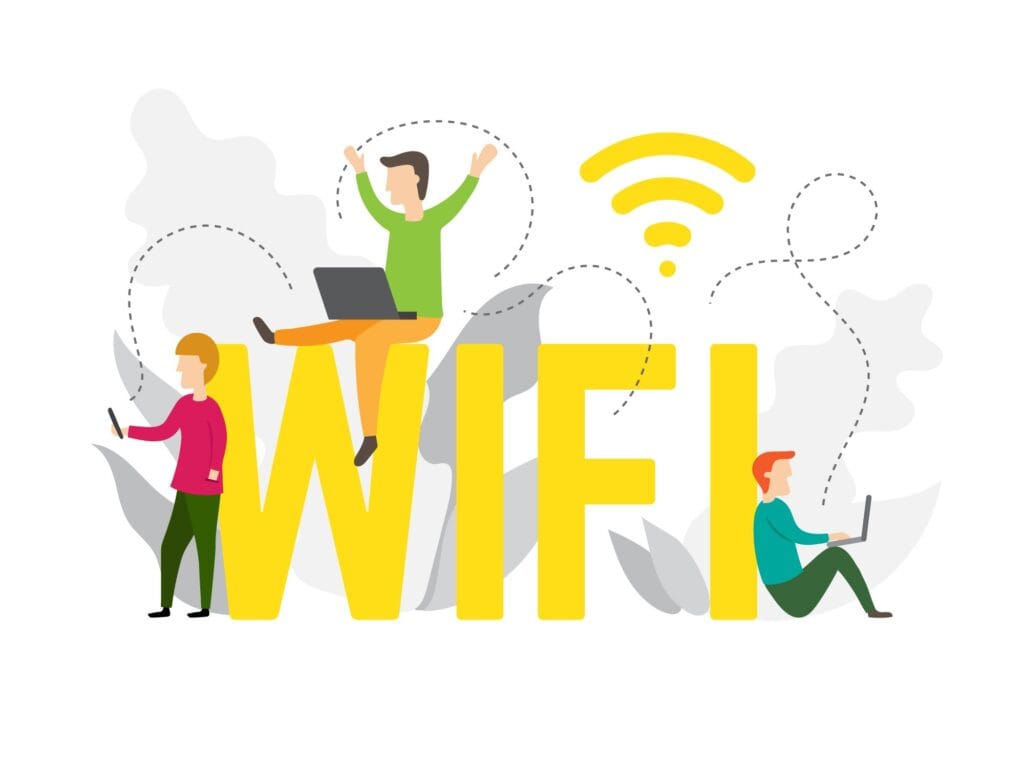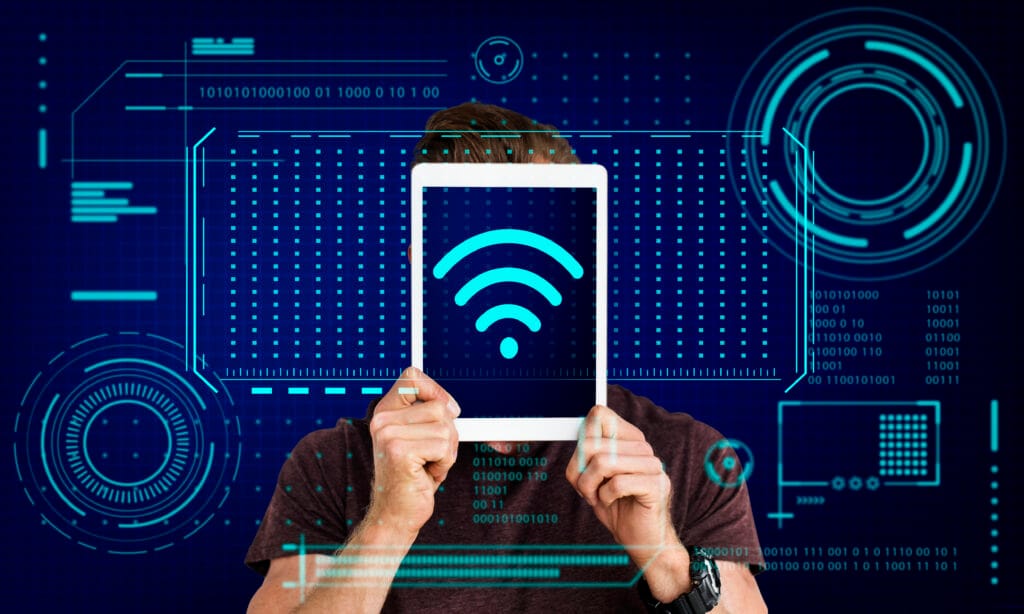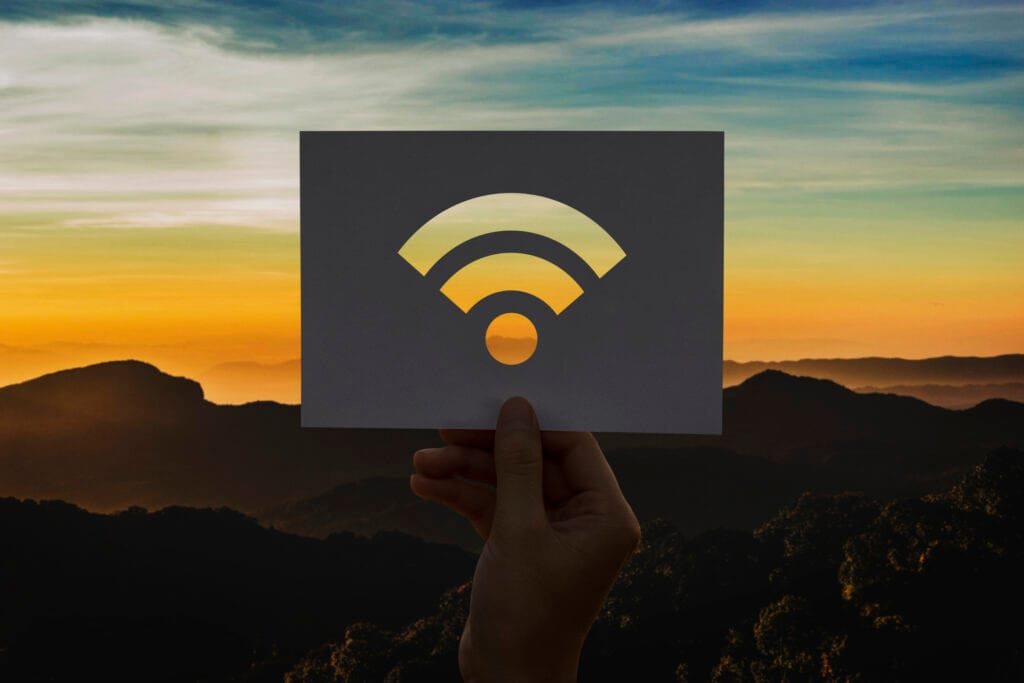The demand for high speed and reliable wireless connectivity has never been greater. From streaming ultra-high-definition videos and engaging in cloud gaming to powering smart homes and enterprises, wireless networks are now at the core of our digital lifestyle. Each new generation of Wi-Fi has brought significant improvements, shaping how we connect, work, and communicate.
Wi-Fi 5 gave us faster speeds for home and office networks, while Wi-Fi 6 and Wi-Fi 6E enhanced efficiency and enabled smoother performance in crowded environments with many connected devices. Now, the arrival of Wi-Fi 7 marks a new chapter in wireless networking, promising to transform connectivity like never before.
Unlike its predecessors, Wi-Fi 7 is not just about speed. It is designed to deliver low latency, seamless multi-device performance, and unmatched reliability that can support emerging technologies such as augmented reality, virtual reality, 8K streaming, and advanced industrial applications. With its advanced features, it is set to redefine the user experience and push the boundaries of what wireless communication can achieve.

What is Wi-Fi 7
Wi-Fi 7, also known as IEEE 802.11be, is the next-generation wireless standard that builds upon the foundation of Wi-Fi 6 and Wi-Fi 6E. It is engineered to deliver speeds up to 46 Gbps, which is nearly four times faster than Wi-Fi 6.
While speed is the most eye-catching feature, Wi-Fi 7 goes beyond raw throughput. It introduces advanced technologies such as multi-link operation, wider channels, and higher modulation schemes that together provide more stable, consistent, and efficient wireless connectivity. With these enhancements, it aims to address the growing demand for real-time applications and data-intensive tasks in both consumer and enterprise environments.

Key Features of Wi-Fi 7
Faster Speeds: It supports speeds up to 46 Gbps, making it ideal for data-heavy tasks like 8K video streaming, AR, and VR applications.
Wider Channels: It offers 320 MHz channels, doubling the capacity compared to Wi-Fi 6, which helps reduce congestion in crowded environments.
Higher Modulation: It uses 4096-QAM (Quadrature Amplitude Modulation), allowing more data to be transmitted at once for higher efficiency.
Multi-Link Operation (MLO): One of the most notable features, MLO allows devices to use multiple frequency bands simultaneously, ensuring seamless connectivity and reducing delays.
Enhanced OFDMA and MU-MIMO: These technologies improve the ability to manage multiple devices at the same time, making networks more efficient.
Deterministic Low Latency: It is designed to minimize lag, making it perfect for applications that require real-time responsiveness.

How Wi-Fi 7 Improves Connectivity
Wi-Fi 7 significantly improves how wireless networks handle congestion in high-density areas such as stadiums, airports, or smart homes packed with IoT devices. Its ability to manage multiple devices simultaneously ensures smoother performance without bottlenecks.
By utilizing wider channels and multi-link operation, Wi-Fi 7 also enhances spectrum efficiency. This means less interference and better coverage, even in environments where many devices are competing for bandwidth. For users, this translates to more reliable connectivity and consistent performance across all devices.

Impact on User Experience
Streaming and Entertainment: Wi-Fi 7 enables seamless 8K video streaming, virtual reality, and augmented reality experiences without buffering or lag.
Gaming: The ultra-low latency makes cloud gaming and multiplayer experiences smoother and more immersive.
Work and Collaboration: Remote work benefits from high quality video conferencing and file sharing without disruptions.
Smart Homes: With the growing number of IoT devices, Wi-Fi 7 ensures that everything from smart speakers to security systems runs without interruptions.
Industrial and Enterprise Use: Factories, hospitals, and offices can rely on Wi-Fi 7 for AI driven automation, robotics, and data intensive processes.

Wi-Fi 7 vs 5G Complementary or Competitive
While Wi-Fi 7 and 5G share similarities in speed and low latency, they are not direct competitors. Wi-Fi 7 is better suited for indoor environments like homes, offices, and campuses where high density and high bandwidth connectivity are required.
On the other hand, 5G is designed for wide area coverage and mobile connectivity, making it ideal for outdoor applications, mobility, and public infrastructure. Together, they complement each other in creating a seamless connected ecosystem.

Challenges and Considerations
Despite its advantages, Wi-Fi 7 comes with certain challenges. Consumers and enterprises will need new hardware such as compatible routers and devices to take full advantage of its features. This means additional costs and potential delays in widespread adoption.
Security also remains a critical consideration as faster and more complex networks require advanced protection against cyber threats. Backward compatibility is supported, but older devices will not benefit from the full potential of Wi-Fi 7.

The Future of Wi-Fi 7
The adoption of Wi-Fi 7 is expected to accelerate across industries, from healthcare and education to retail and transportation. Its ability to support immersive experiences, real-time collaboration, and automation makes it a cornerstone of the future digital economy.
Moreover, Wi-Fi 7 will play a vital role in enabling technologies like the metaverse, AI-driven services, and next-generation smart environments. As research progresses, Wi-Fi 7 also lays the groundwork for what could eventually lead to Wi-Fi 8, pushing wireless connectivity to even greater heights.

Conclusion
Wi-Fi 7 represents a major leap in wireless networking, going far beyond speed to deliver reliability, low latency, and efficiency. For consumers, it promises smoother streaming, gaming, and smart home experiences. For enterprises and industries, it unlocks new possibilities in automation, AI, and real-time applications.
As adoption grows, Wi-Fi 7 will become the backbone of the hyper-connected future, bridging the gap between human needs and technological advancements. It is not just the next step in wireless evolution, but a foundation for the next era of digital transformation.












